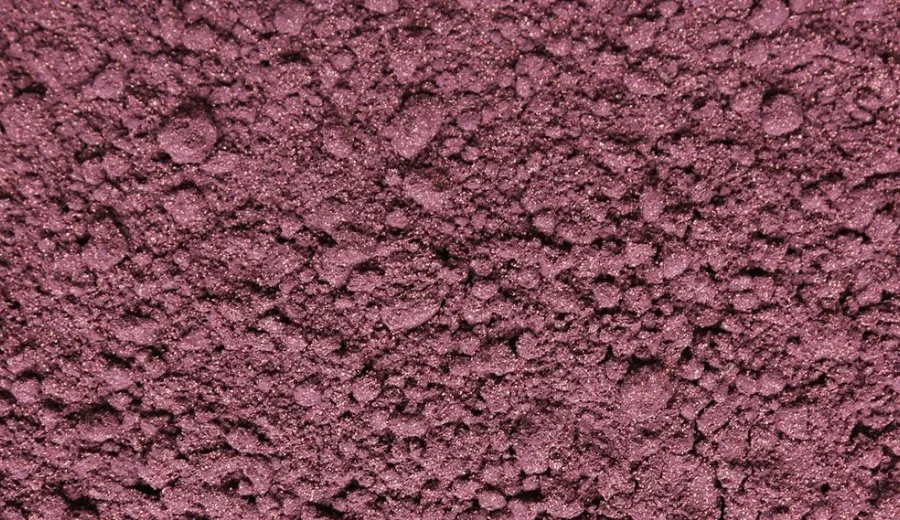
As one of the most antioxidant-rich berries in the world, maqui has earned its place in the global superfoods market. Whether used in powders, capsules, or functional beverages, it’s essential to source from trusted maqui suppliers to ensure consistent quality, verified anthocyanin levels, and reliable origin. Nutrada helps you discover a curated selection of suppliers offering premium maqui berry products from key growing regions like Chile and Patagonia.
Maqui berries come from the Aristotelia chilensis tree, which grows in the cool, coastal areas of Patagonia. They can be described as small, dark purple berries. They have a mildly sweet and earthy taste. The Mapuche people traditionally gather them from wild plants for food and cultural reasons. Since maqui berries spoil quickly, they are often freeze-dried and made into powder to keep their natural qualities and last longer.
Acai berries go well with maqui and offer similar health benefits, and are also great for superfood mixes.
The maqui berry is typically harvested from December to March, during summer in the southern hemisphere. The berries are hand-picked when they are just right and are quickly processed to keep their quality. Since many of these berries come from wild plants, there are worries about sustainability. This has led to efforts to grow the berries on farms to ensure a steady and eco-friendly supply.
Chile and Argentina are the main places where maqui berries are grown. In Chile, people gather them from the wild and also grow them on larger farms. The country has good conditions for growing these berries and has well-established facilities. While smaller farms exist in other areas, South America, especially Patagonia, is known for producing high-quality maqui berries.
Maqui berries have been included in the Mapuche people's diet for a long time. They eat them fresh or dried for their nutrition and during ceremonies. Today, maqui is known around the world for its high levels of antioxidants and its bright color.
Demand for maqui is growing, especially in North America and Europe. It is often used in immune-boosting blends, energy bars, wellness drinks, and natural cosmetics. The industry focuses on ethical sourcing and fair trade since wild harvesting is common.
Wholesale maqui is commonly used in products that are rich in antioxidants, functional drinks, and as a natural food color. On Nutrada, maqui manufacturers provide bulk maqui powder with ORAC values typically between 25,000 and 30,000 µmol TE/100g. These products come in 10 to 25 kg multilayer bags. Products are usually provided with important documents such as Certificates of Analysis, anthocyanin tests, and microbial safety reports.
Buying maqui in bulk is a great choice for food makers, supplement companies, and cosmetic businesses that want a strong, natural ingredient. You will find maqui suppliers offering bulk options for powder and berries.
Are you interested in launching a high-antioxidant product? Nutrada suppliers provide private label options for maqui, available as powders or capsules in 100g, 250g, and 500g sizes. Suppliers on Nutrada offer complete services that include branding, compliance, and fulfillment. This helps brands to enter the wellness, beauty, and superfood markets quickly.
Organic maqui can be gathered from the wild or grown in a sustainable way without artificial chemicals. Nutrada's partners offer organic-certified products that have kept important compounds like anthocyanins and polyphenols. These organic powders are typically dried at low temperatures and stored in sealed, multi-layer bags to keep out air and moisture.
If you need maqui powder, Nutrada can help you find reliable suppliers. Explore maqui producers on Nutrada to make your superfood sourcing easier, while ensuring quality and full traceability.
No similar suppliers available.